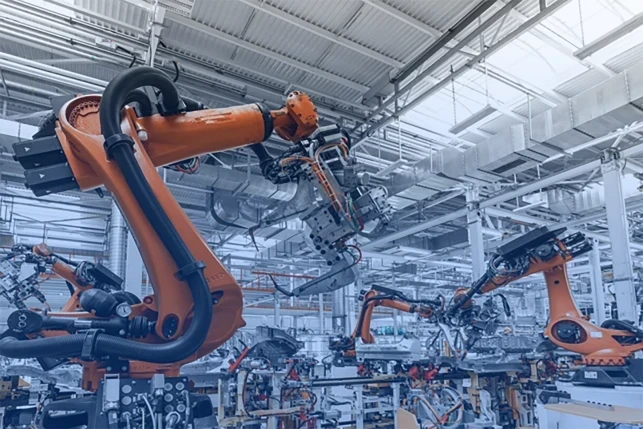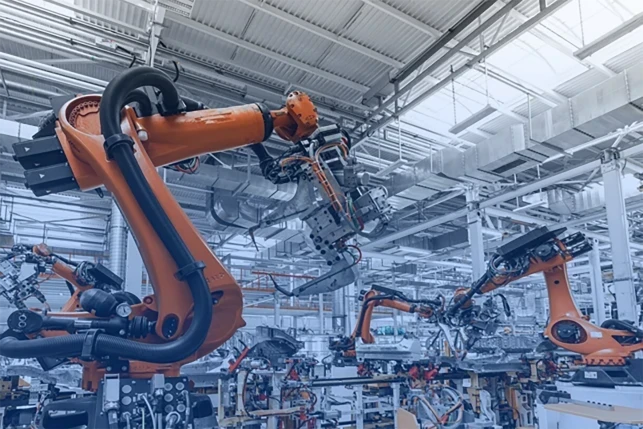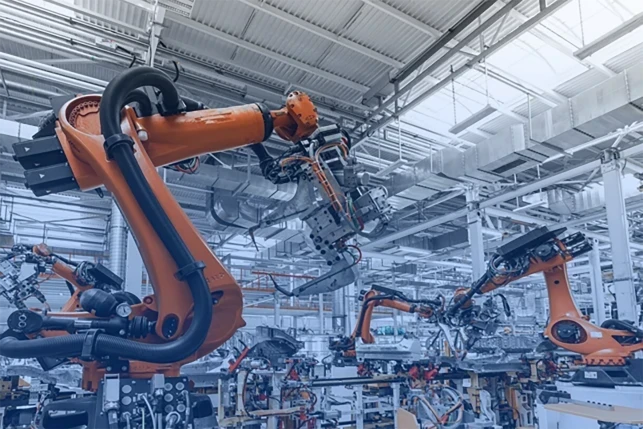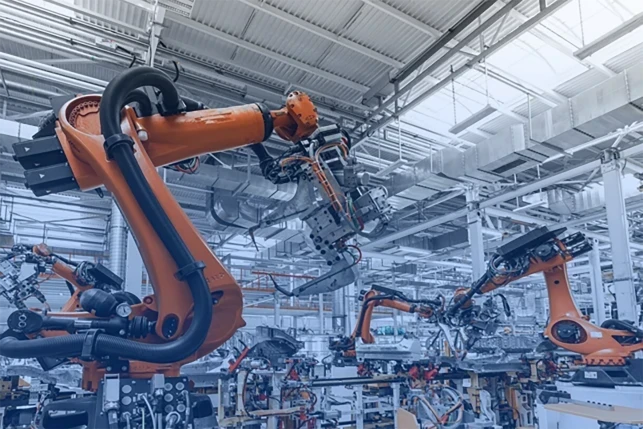
Auto Stainless Steel Round Tube Polishing Machine
Automatic stainless steel round tube polishing machine designed for high-efficiency surface treatment, delivering uniform finishes, reduced labor, and enhanced productivity for industrial polishing needs.

Stainless steel pipe polishing machine for round
Stainless steel pipe polishing machine for round pipes, designed for efficient surface finishing, delivering smooth, uniform results with high productivity and reduced manual effort.
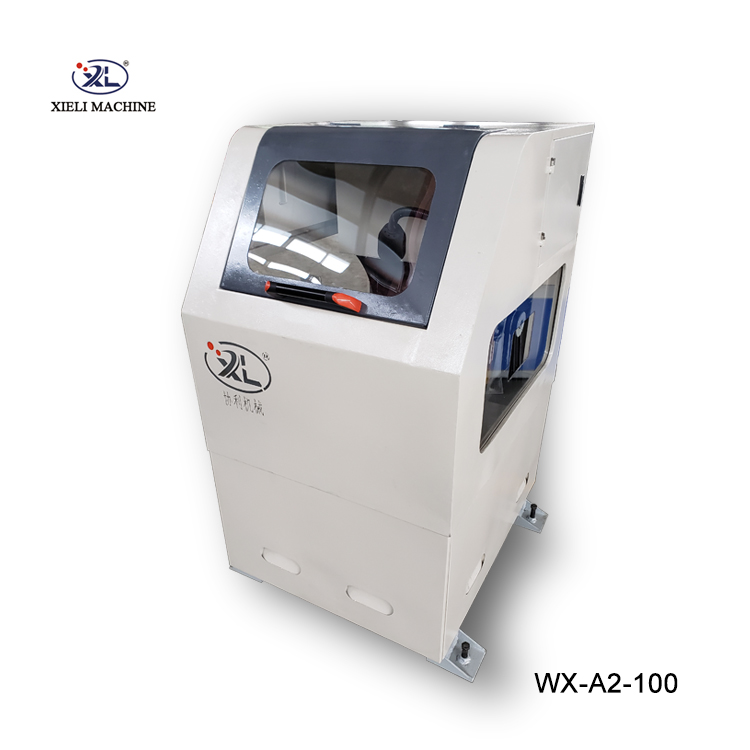
Round pipe polishing machine install EP dust cover
Round pipe polishing machine equipped with EP dust cover for effective dust collection, ensuring a cleaner working environment and improved operator safety during polishing.

SS steel pipe polishing machine with polish wheel
Stainless steel pipe polishing machine equipped with polish wheel, ideal for achieving smooth, consistent surface finishes with high efficiency and minimal manual labor.
What Are The Types Of Polishing Machines?
拋光機種類繁多,每種類型都針對特定的材料、形狀和表面處理要求而設計。以下是一些常見的類型:
桌上型拋光機:這些是固定式機器,配備一個或兩個拋光輪。它們通常用於中小型金屬零件、珠寶和工具。非常適合精細作業和精密拋光。
旋轉拋光機:這些機器配備旋轉滾筒或轉筒,可同時拋光多個小部件。它們常用於批量精加工,以最少的勞動力使部件光滑亮澤。
砂帶拋光機:這些機器使用砂帶,適用於平面或邊緣。它們廣泛應用於金屬板材、管材和棒材的去毛邊、研磨和拋光。
振動拋光機:這些機器利用振動和研磨介質對放置在碗內的零件進行拋光。它們非常適合精密或複雜的零件,可提供均勻的表面處理且不會造成損壞。
管材拋光機:這些機器專為圓柱形管材設計,用於拋光管材的外表面。它們可以是手動或自動的,也可以是單工位或多工位的。
平面拋光機:這些機器專為板材或面板等平面工件而設計,可進行高精度拋光,以獲得光滑、鏡面般的表面。
機器人拋光系統:這些系統自動化且可編程,利用機械手臂進行一致、高效的拋光。它們是汽車或航空航太產業中大批量、複雜或重複性任務的理想選擇。
根據材料類型、表面要求和生產規模,每種拋光機都有不同的用途。





